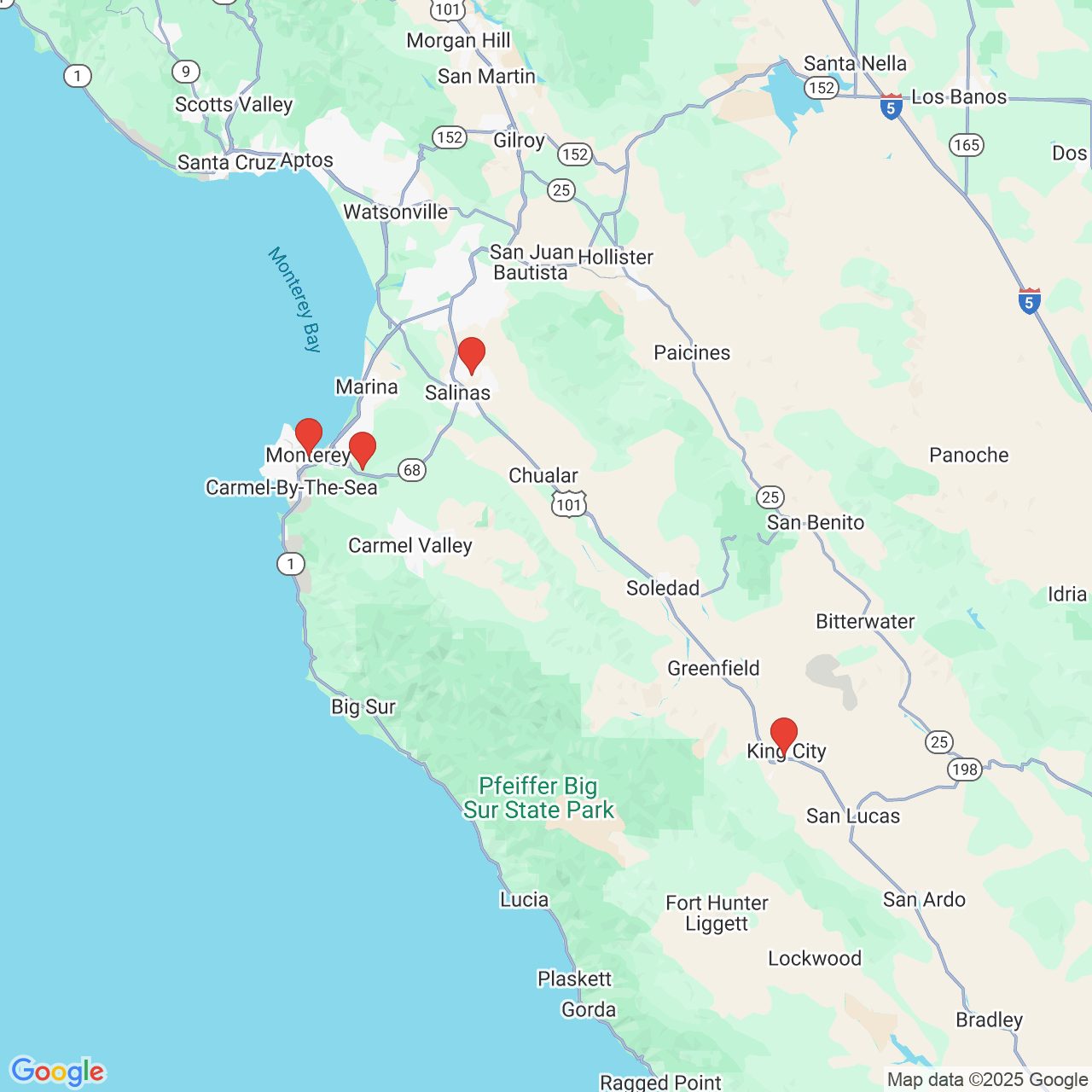Senior Eye Exams: Common Tests and What to Expect
 Your vision is a precious thing, which is why our team of eye care associates take eye exams so seriously. Regular vision checkups can help with early detection and treatment of all sorts of conditions. It’s why so many people come to our Salinas and Monterey, CA vision centers for regular testing.
Your vision is a precious thing, which is why our team of eye care associates take eye exams so seriously. Regular vision checkups can help with early detection and treatment of all sorts of conditions. It’s why so many people come to our Salinas and Monterey, CA vision centers for regular testing.
Below, we want to consider some basics regarding eye exams for seniors. This includes common eye problems, the frequency of these exams, and what kinds of tests you can expect during a visit.
Common Eye Conditions in Seniors
At Monterey County Eye Associates, we notice that seniors often experience the following vision problems:
- Cataracts
- Age-related macular degeneration (AMD)
- Glaucoma
- Presbyopia (age-related farsightedness)
- Diabetic retinopathy
Regular vision testing can detect these problems when they arise and can also aid with the prevention of these various ocular health issues.
How Often Should Seniors Undergo Eye Exams?
Ideally, a person should undergo an eye exam every two years until the age of 60. After the age of 60, it’s best to undergo an eye exam every year to monitor your vision quality and eye health.
That said, if you suffer from serious vision problems, you may need to have more than one eye exam each year just as a precautionary measure.
Common Eye Tests for Seniors
When seniors undergo an eye exam, the following eye tests are to be expected.
Visual Acuity Test
A visual acuity test typically involves reading letters off of an eye chart, with smaller letters on each subsequent row.
Retinoscopy and Refraction Test
During a retinoscopy, an eye doctor uses a device known as a phoropter, which has different kinds of lenses. While looking through the phoropter, the eye doctor shines a light into your eye to see how your eye reacts.
In addition, a refraction test will involve flipping different lenses of the phoropter to determine if your are nearsighted, farsighted, or have astigmatism. This contraption allows an eye doctor to find a patient’s ideal lens prescription.
Keratometry Test
The keratometry test will determine the shape and curvature of the cornea, the clear structure on the outside of the eye. The machine readout will measure your eye comfortably and easily.
Peripheral Visual Field Test
There are different means of measuring a patient’s peripheral vision, which is the vision to the sides of your field of vision. Noting gaps or limitations in your peripheral vision could indicate a serious vision health issue.
Intraocular Pressure Management
Intraocular pressure is the amount of pressure within the eyes, which is an indication of glaucoma. This can be measured using a machine that administers a quick, painless puff of air to the eyes.
Additional Eye Tests That May Be Conducted
In addition to the common exams listed above, other tests that may be conducted. They may include any of the tests below.
Slit Lamp Exam
A slit lamp will allow doctors to closely examine the frontal structures of the eye under magnification, including the iris, cornea, lens, eyelashes, and eyelids.
Retinal Exam
Also known as ophthalmoscopy or funduscopy, a retinal exam allows an eye doctor to closely look at the structure of the retina as well as the blood vessels of the retina.
Color Vision Tests
While an elderly patient may not go color blind late in life, color sensitivity can fade with age, which is why color detection tests are common during senior eye exams.
Ocular Motility Testing
Ocular motility testing allows doctors to examine how a patient’s eyes track a moving object. This can help diagnose issues with eye movement and eye muscles.
Stereopsis Tests for Depth Perception
Depth perception refers to your ability to consider objects at different distances in relation to one another. These depth perception tests may be crucial in determining the quality of your vision.
Learn More About Eye Exams for Seniors
To learn more about your eye care needs in your golden years, be sure to contact a skilled eye care specialist. You can reach the doctors of Monterey County Eye Associates in Monterey by calling (831) 375-5066, in Salinas by calling (831) 424-1150, and on Upper Ragsdale Drive by calling (831) 372-1500.



